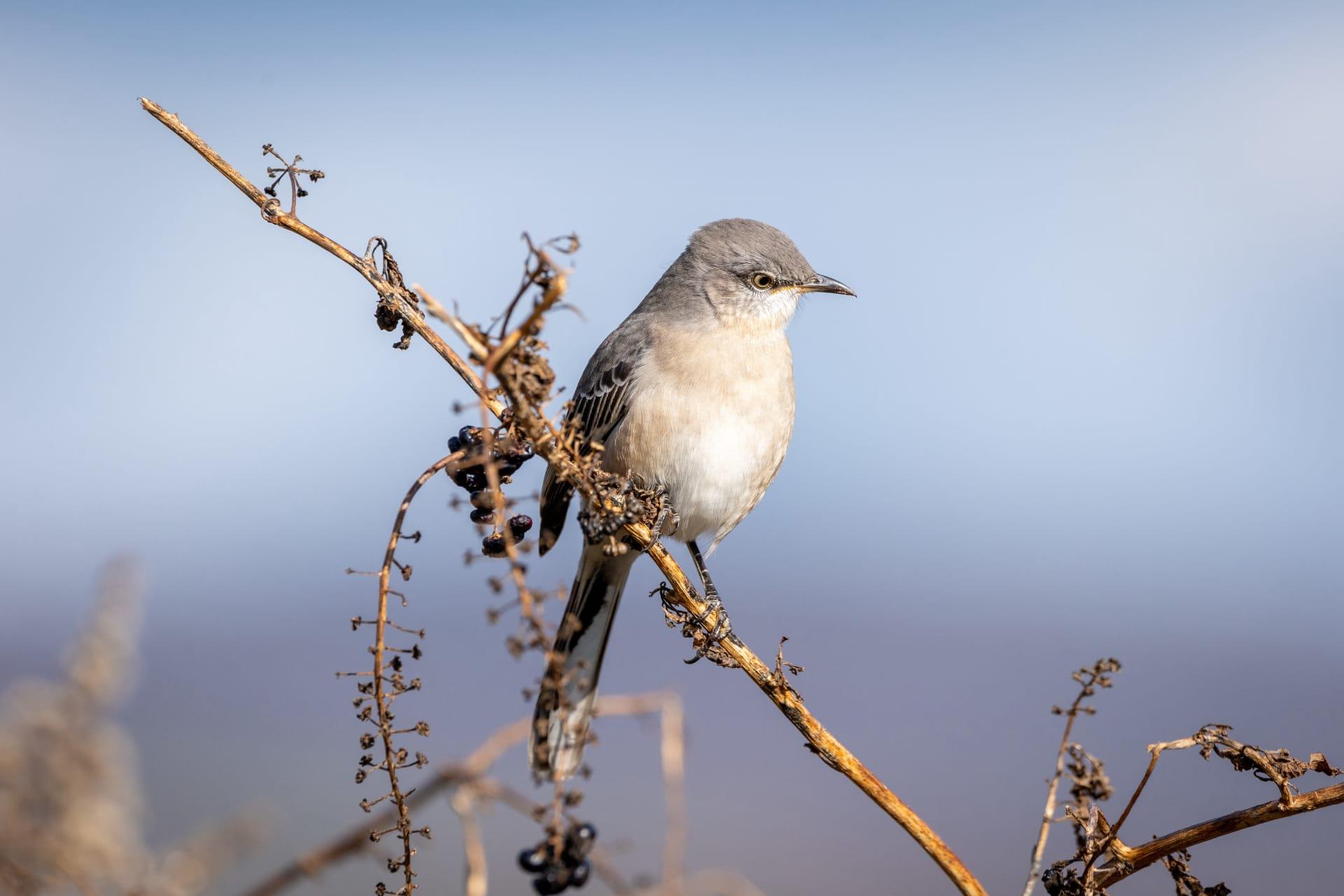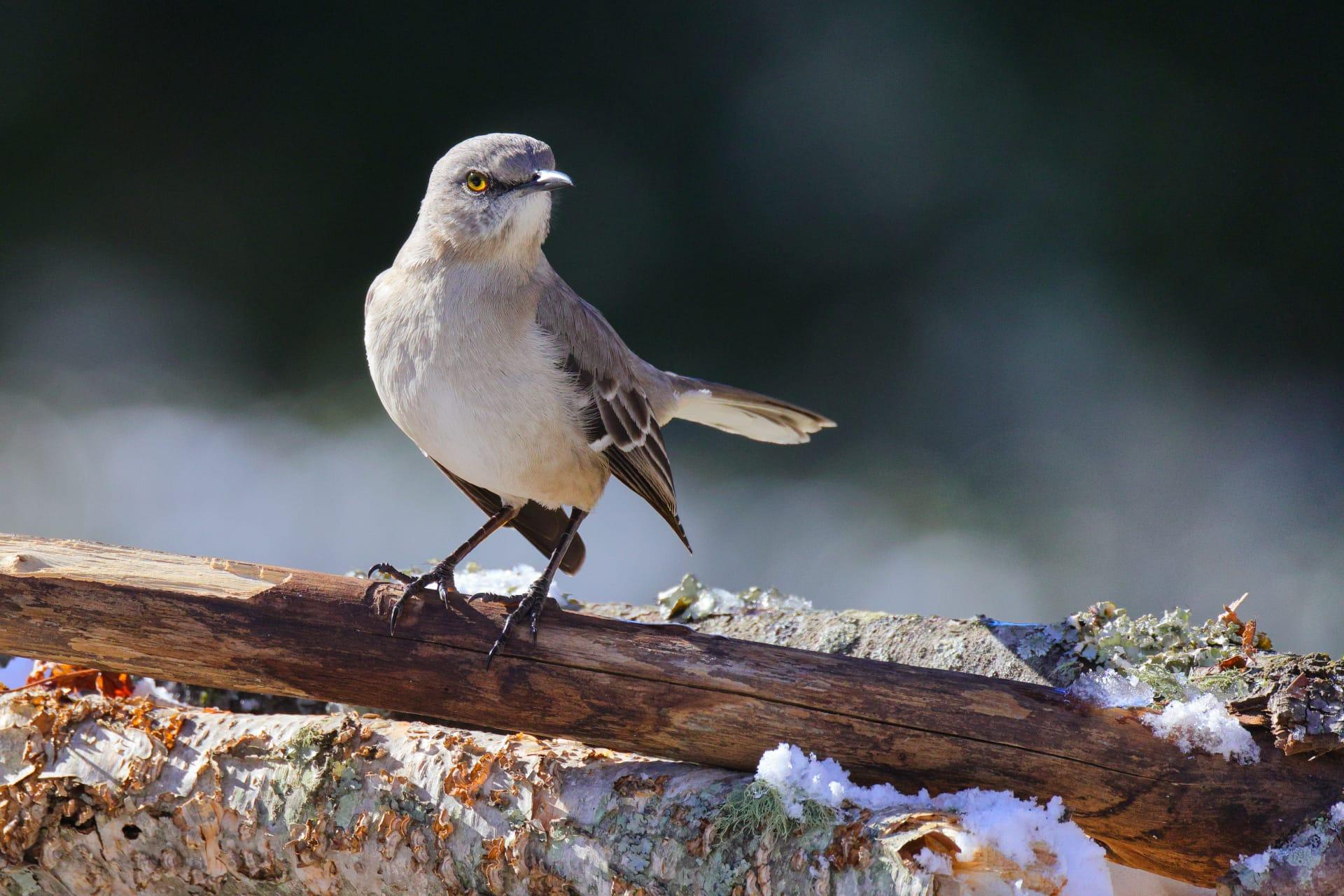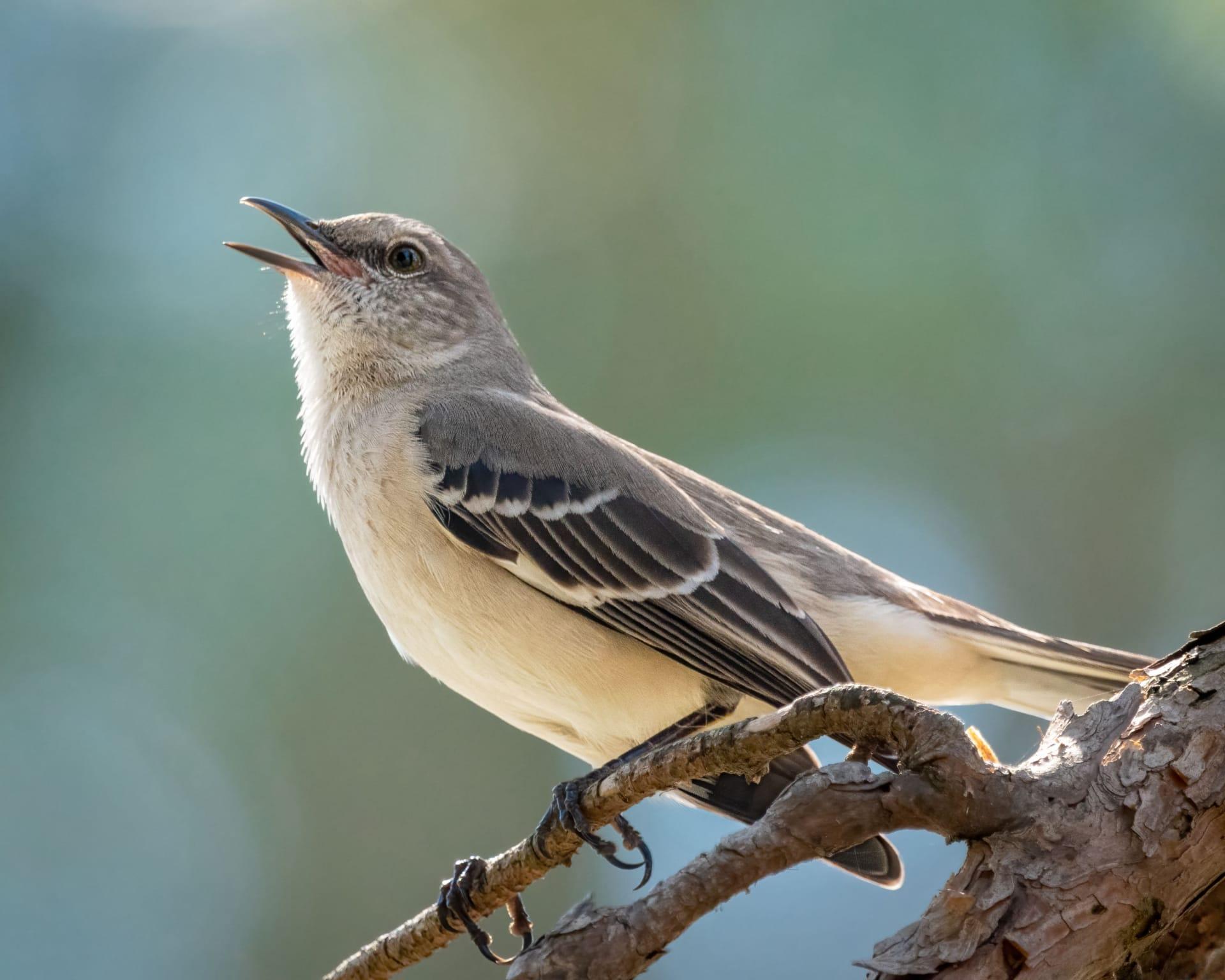Mockingbird Characteristics
- Home /
- Mini Encyclopedia /
- Animal /
- Mockingbird Characteristics
1
Mockingbirds are fascinating birds known for their remarkable vocal abilities. They are medium-sized, typically measuring about 10 inches in length and weighing around 50 grams. These agile birds flaunt a wingspan of approximately 14 inches, allowing for adept flying and maneuvering. Mockingbirds usually have a lifespan of 8 to 10 years in the wild, though this can extend up to 20 years in captivity. Their plumage is generally grayish, with white patches on their wings and tail feathers, offering a striking contrast when in flight.
One of the most distinctive organs of a mockingbird is its syrinx, the vocal organ of birds. Located at the base of a bird's trachea, this organ allows mockingbirds to produce a vast array of sounds. What makes the syrinx of mockingbirds so special is its complexity, enabling them to mimic the songs and calls of other birds, insects, and even mechanical sounds. This ability isn't just for show; it plays a crucial role in territory defense and attracting mates.

2
Question: Why do mockingbirds mimic the sounds of other species?
Answer: Mockingbirds mimic the sounds of other species for several reasons. Primarily, males use their diverse vocal repertoire to attract females and to demonstrate their fitness as a mate. The variety and complexity of their songs are a display of their genetic quality and health. Additionally, both male and female mockingbirds use mimicry as a strategy to defend their territories. By imitating the calls of different species, they create the illusion of a crowded space, deterring potential intruders and competitors. This behavior is particularly prominent during the breeding season.

3
Mockingbirds are known for their agility and endurance in flight. They exhibit a unique flying pattern, often described as a series of rapid wing beats followed by a short glide, creating a distinctive jerky motion. This flight pattern aids them in catching insects mid-air, one of their primary food sources. Additionally, mockingbirds are territorial and can often be seen chasing away other birds and even larger animals from their domain.
In terms of feeding habits, mockingbirds are omnivorous. They primarily feast on insects, such as beetles, ants, and grasshoppers, especially during the breeding season when they need extra protein. They also eat a variety of fruits and berries, which constitute a significant part of their diet in the winter. Their foraging behavior is quite adaptable, often seen hopping on the ground, probing into the grass or foliage to find food.

4
Mockingbirds thrive in a variety of environments, showing a particular fondness for open areas with sparse vegetation. They are commonly found in suburban gardens, parks, and forest edges. Adaptability is a key trait, allowing them to inhabit areas modified by humans. Interestingly, they have been observed to be more prevalent in urban settings compared to rural areas, possibly due to the abundance of food sources and nesting sites.
The reproductive habits of mockingbirds are quite intriguing. They are monogamous during a breeding season but may choose different partners in subsequent seasons. Nest building is a joint effort, with the male collecting materials and the female constructing the nest. Typically, a female mockingbird lays 2 to 6 eggs, which she incubates for about 12 to 13 days. Both parents are involved in feeding the chicks, which leave the nest about 12 days after hatching but remain nearby and are fed by the parents for another couple of weeks.

5
Book: "The Mockingbird's Song" is a fascinating work authored by American biologist Susan Greene. Published in the early 2000s, this book delves into the life and habits of mockingbirds. Greene's extensive research and observations provide a detailed insight into their behavioral patterns, communication, and environmental adaptations. It's a blend of scientific analysis and engaging anecdotes that makes the subject accessible and enjoyable for a wide audience.
Book: "Echoes of the Forest" by British ornithologist Henry Clarkson, published in the late 1990s, offers a global perspective on mockingbirds and their relatives. Clarkson explores various species of mimicry birds across different continents, with a focus on their evolutionary traits and ecological significance. The book is praised for its comprehensive coverage and is particularly notable for its chapters discussing the cultural and symbolic significance of mockingbirds in human history.